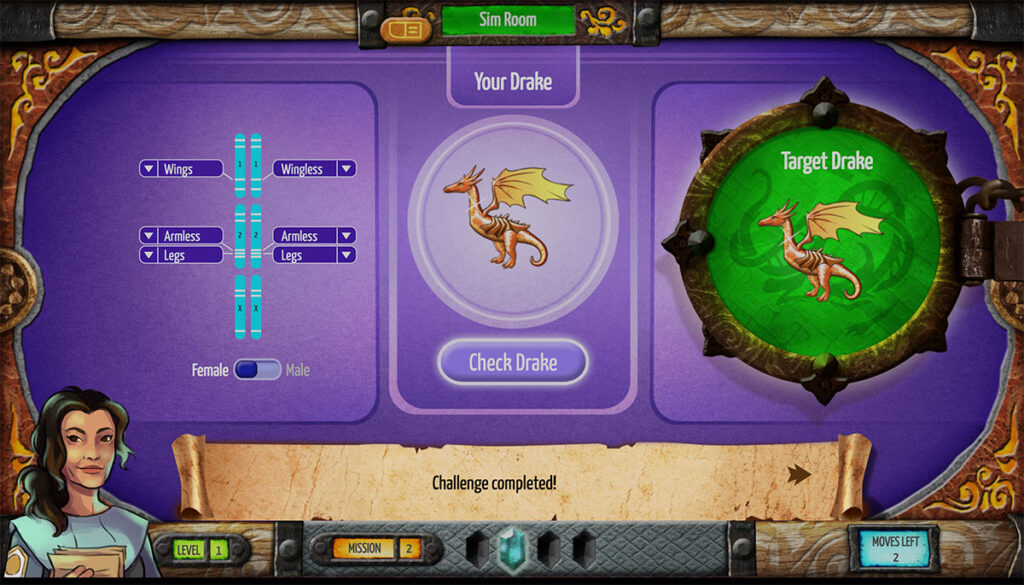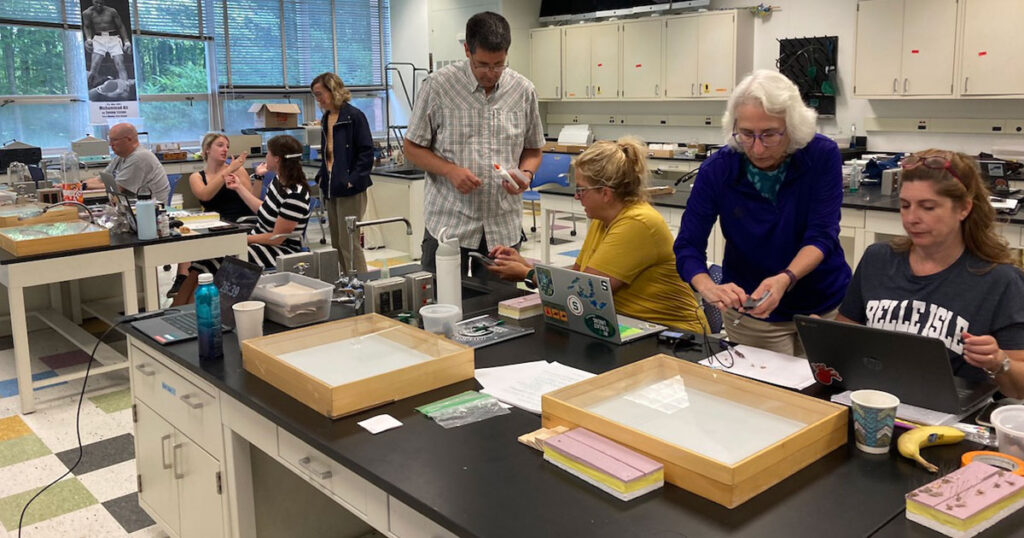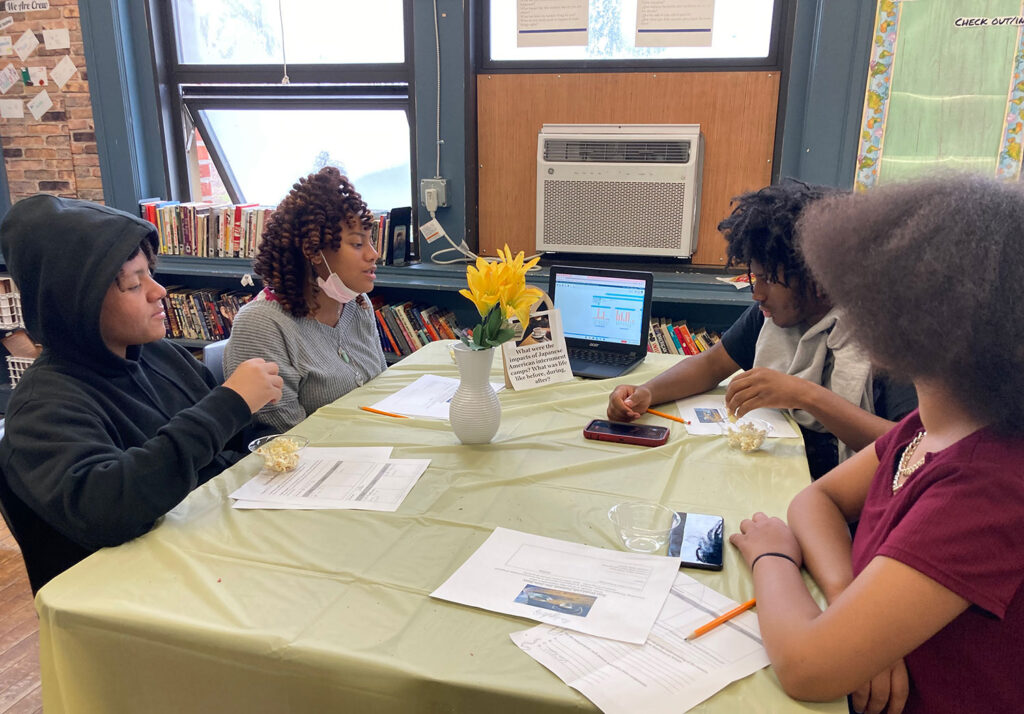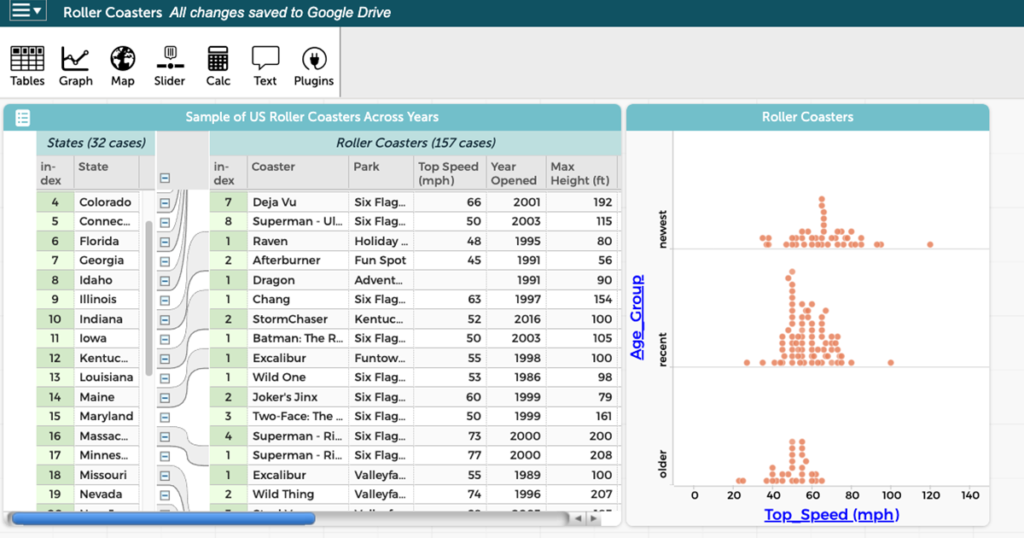Category: Data Science Education
2024 marks our 30th anniversary. Our origins reach back to a simple beginning, on a single-board computer with a mere one kilobyte of memory. But it’s not about the computer itself—it’s never just the technology. It’s what the computer made possible that matters. When Bob Tinker connected a KIM-1 computer to an expansion board he’d […]
Social media has been exploding with New Year’s resolutions since early fall. If you’d like to get a head start on your own educational resolutions for the next calendar year, we’ve got you covered. Want to help students see Earth science as a lab science? Add more data science activities to your high school classes? […]
Moths live around the world. Despite their ubiquity, they haven’t been studied nearly as much as their daytime counterparts, not even by entomologists. Butterflies have gotten most of the attention. The MothEd: Authentic Science for Elementary and Middle School Students project is exploring ways to deepen independent science inquiry learning in young learners using technology […]
Google “Japanese Internment data” and you’ll find thousands of links. There are sites dedicated to Japanese culture, ancestry, and history, plus government records, university departments, museums, and public television stations with scores of information. There are even sites devoted to finding other sites with links to data. I recently found myself, like Edgar Allan Poe, […]
We are delighted to announce that you can now assign CODAP documents in Google Classroom in the same way you assign Google Docs. Easy peasy! As a teacher, you can create a CODAP document, then assign it to your class so that each student gets their own copy. They can explore a data table or […]
While our main offices are located in Concord, Massachusetts, and El Cerrito, California, nine of our 45 employees call other states home. Like many companies, we began working remotely during the pandemic and most of us continue to do so much of the time. But as an organization dedicated to innovating and inspiring equitable, large-scale […]
At this six-month milestone of our efforts to re-engineer CODAP, I’m excited about the progress we’re making towards modernizing CODAP’s underlying source code. By moving from Sproutcore to more up-to-date web application tools, including Typescript, React, and D3, we’re working to ensure that CODAP will support data science education for many years—and for many more […]
We’re delighted to present the year in review with our top 10 highlights. 1. We Update Our Workspaces Most of our employees now work remotely much of the time. While we love to collaborate over Zoom, in Google Docs, and on GitHub and Pivotal Tracker, we also enjoy getting together in person, especially in our […]
We published a record number of publications in 2022, including 15 journal articles and a book chapter. From articles for educators to implement free resources to research articles to inform the field, we wrote about a wide range of topics, including data science education, artificial intelligence, geoscience education, game-based learning, and more. Most of the […]
Ask Hollylynne Lee and Gemma Mojica, the co-directors of the Hub for Research and Innovation in Statistics Education at the Friday Institute for Educational Innovation at NC State University, about their current goal for education and you’ll hear their very big plans: transform undergraduate teacher preparation in data science and statistics education. With the exponential […]







